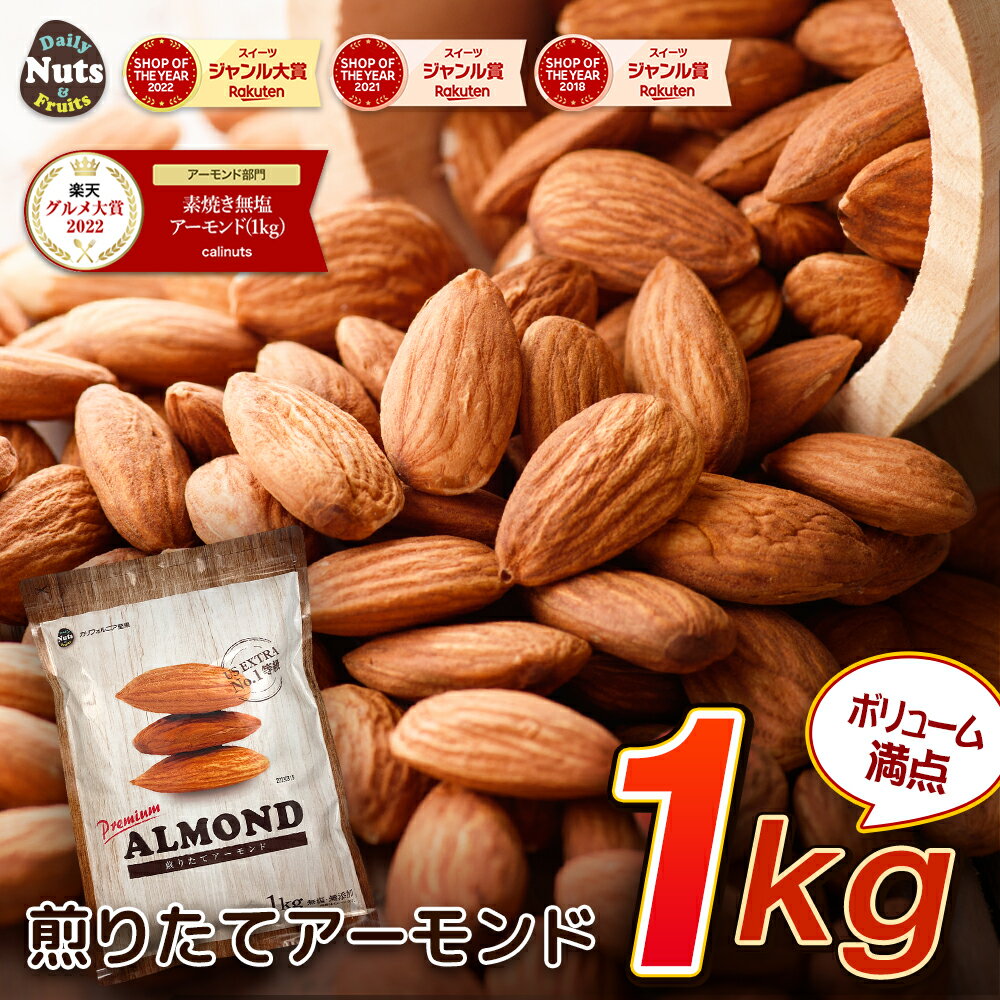論文No3755
Oral nitrate supplementation improves cardiovascular risk markers in COPD: ON-BC, a randomised controlled trial
Ali M. Alasmari, Abdullah S. Alsulayyim, Saeed M. Alghamdi, Keir E.J. Philip, Sara C. Buttery, Winston A.S. Banya, Michael I. Polkey, Paul C. Armstrong, Matthew J. Rickman, Timothy D. Warner, Jane A. Mitchell, Nicholas S. Hopkinson
European Respiratory Journal 63 (2) 2202353; DOI: 10.1183/13993003.02353-2022 Published 1 February 2024
<背景>
短期的な研究では、食事による硝酸塩(NO3-)の補給が心血管リスクプロファイルを改善し、
血圧(BP)を下げ、内皮機能を高めることが示唆されている。
これらの有益な効果が持続するかどうか,またCOPDのない人に比べて
心血管系のプロフィールが悪いCOPD患者にも当てはまるかどうかは明らかではない。
硝酸塩の豊富なビーツジュース(NR-BRJ)は簡便な硝酸塩の食事源である。
<方法>
ON-BC試験は、在宅収縮期血圧(SBP)測定値が130mmHg以上の安定した
COPD患者を対象とした無作為二重盲検プラセボ対照並行群間比較試験である。
参加者は、70mLのNR-BRJ(400mg NO3-)(n=40)と、
それ以外は同一の硝酸塩欠乏プラセボジュース(0mg NO3-)(n=41)のいずれかに、12週間、1日1回、
コンピュータで生成されたブロック無作為化法を用いて無作為に割り付けられた(1:1)。
主要エンドポイントは自宅でのSBP測定における群間変化であった。
副次的アウトカムは、6分間歩行距離(6MWD)の変化と、
EndoPAT装置を用いた内皮機能の測定(反応性高血症指数(RHI)と
心拍数75拍/分-1で正規化した増大指数(AIx75))であった。
血漿硝酸塩と血小板機能も測定した。
<結果>
プラセボと比較して、積極的治療はSBPを低下させ(Hodges-Lehmann治療効果-4.5(95%CI -5.9--3.0)mmHg)、
6MWD(30.0(95%CI 15.7-44.2)m、p<0.001)、
RHI(0.34(95%CI 0.03-0.63)、p=0.03)、
AIx75(-7.61%(95%CI -14.3--0.95%)、p=0.026)を改善した。
<結論>
COPD患者において,ビーツジュースによる長期間の硝酸塩補給は,内皮機能と運動能力の改善に関連して,持続的な血圧低下をもたらす。
DeepL.com(無料版)で翻訳しました。
Background Short-term studies suggest that dietary nitrate (NO3−) supplementation may improve the cardiovascular risk profile, lowering blood pressure (BP) and enhancing endothelial function. It is not clear if these beneficial effects are sustained and whether they apply in people with COPD, who have a worse cardiovascular profile than those without COPD. Nitrate-rich beetroot juice (NR-BRJ) is a convenient dietary source of nitrate.
Methods The ON-BC trial was a randomised, double-blind, placebo-controlled parallel group study in stable COPD patients with home systolic BP (SBP) measurement ≥130 mmHg. Participants were randomly allocated (1:1) using computer-generated, block randomisation to either 70 mL NR-BRJ (400 mg NO3−) (n=40) or an otherwise identical nitrate-depleted placebo juice (0 mg NO3−) (n=41), once daily for 12 weeks. The primary end-point was between-group change in home SBP measurement. Secondary outcomes included change in 6-min walk distance (6MWD) and measures of endothelial function (reactive hyperaemia index (RHI) and augmentation index normalised to a heart rate of 75 beats·min−1 (AIx75)) using an EndoPAT device. Plasma nitrate and platelet function were also measured.
Results Compared with placebo, active treatment lowered SBP (Hodges–Lehmann treatment effect −4.5 (95% CI −5.9– −3.0) mmHg), and improved 6MWD (30.0 (95% CI 15.7–44.2) m; p<0.001), RHI (0.34 (95% CI 0.03–0.63); p=0.03) and AIx75 (−7.61% (95% CI −14.3– −0.95%); p=0.026).
Conclusions In people with COPD, prolonged dietary nitrate supplementation in the form of beetroot juice produces a sustained reduction in BP, associated with an improvement in endothelial function and exercise capacity.


